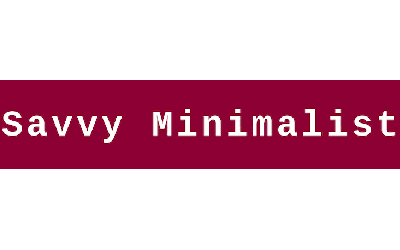Cheaper cost more, the idea of getting something cheaper sounds like a good way to save money. This may not always be the case. In this article I want to discuss why buying cheaper cost more for you to spend.
Cheaper does not mean better when it comes to quality. There are certain cases where buying cheaper makes sense. Let’s look at why cheaper is not better.
- Quality issues
- Frequent purchases
- Maintenance and Repair
- Warranty
- Hidden cost
- Time and Opportunity
Quality issues
One of the biggest drawback of cheaper products is quality. Cheaper products tend to be built poorly. They have lots of flaw that can’t withstand frequent usage. If you have a cheaply made product such as electronics for example, it will not give you satisfactory. It may not work as intended and will be unreliable.
We live in a time where there are lots of choices in the things we buy. We also have access to information at our fingertips. We can use this to find out about the ratings for things we want to purchase. This is a good way to see what others are saying about a product and compare it to the price of a cheaper product.
Sometimes expensive product are not up to par with similarly priced products. You can use the feedback from others online to make a decision in which product is best for you. Most of the time you have the option to return or exchange a product if your are not satisfied.
Having a quality product will save you the headache of returning or buying another. It will give you a good usage experience which leads to a better mental space.
Frequent purchase.
Cheaper cost more because product with quality issues will cause you to buy more frequent. If the product fail then you have to buy another to replace it. This overall will increase your spending.
Think of for example a cheaply made sneaker. It will not hold up to constant use. You will have to keep spending money on buying a new pair when it damages. Cheaper footwear also leads to feet problems. You will get pain on your feet walking or running.
A good quality product will last long and reduce the amount of time you have to replace it. It may cost more money upfront but it will perform the task much longer. Having one quality product is better than having 2 cheaply made one that will leave you disappointed.
Maintenance
Cheaper cost more if you look at the items that will need frequent maintenance. This will add to the cost to upkeep and replacing parts. Before making a purchase think of how much it will cost you to repair it. Sometimes the cost to repair will end up costing more than the item purchased.
Warranty
Cheaper items may not come with warranty. You will solely be responsible for any defects you encounter after purchase. When making a purchase check to insure you have warranty on the specific product. Warranty offers a piece of mind so keep that in mind if you decide to go with a cheaper product.
Hidden cost
Buying cheaper alternatives may have hidden cost that you did not notice at the time of purchase. An item may need additional add ons or accessories to properly function.
- Lower Quality and Durability: Cheaper products often sacrifice quality and durability to reduce costs. As a result, it can break down more quickly or faster than high-quality alternatives. Replacing or repairing these items can incur additional costs over time.
Health and Safety Risks: Cheaper products can pose health and safety risks due to poor quality materials or manufacturing standards. For example, cheap electronics can carry a high risk of malfunction or fire, while cheap furniture may contain harmful chemicals or lack adequate safety features
Environmental Impact: Cheaper products can be manufactured using substandard materials or manufacturing processes that have a greater environmental impact. This can lead to increased energy consumption, waste, and pollution, with long-term environmental costs.
Time and Opportunity
Choosing a cheaper item will require more of your time and effort. Your time is one of the most valuable resource so consider that when making purchases.
- Time Spent Researching: When purchasing cheaper items, you may find yourself dedicating a significant amount of time to researching various options in order to secure the best value for your money. This research process entails activities such as comparing prices across different retailers, delving into customer reviews to gauge product satisfaction, and carefully evaluating the reputation and performance of various brands or models. Putting in this extra effort upfront can ultimately lead to a more informed and satisfying purchase decision.
- Impact On Satisfaction:Your decision to buy cheap can affect overall satisfaction with the purchase. While the initial savings may create a sense of value, dissatisfaction with quality or performance can backfire over time, affecting the perceived value of the overall purchase
- Limited Features: Cheaper cost more because some brands may have fewer products, fewer selections, or a narrower selection compared to more expensive brands. Consumers may need to spend extra time looking for specific products or spending to fit their budget.
Conclusion
It’s essential to consider the overall cost when making a purchase. Consider the value of the product and how effective it can serve you. Cheaper items can be or appear budget friendly upfront but the can often end up being costly in the long run due the factors listed above.

